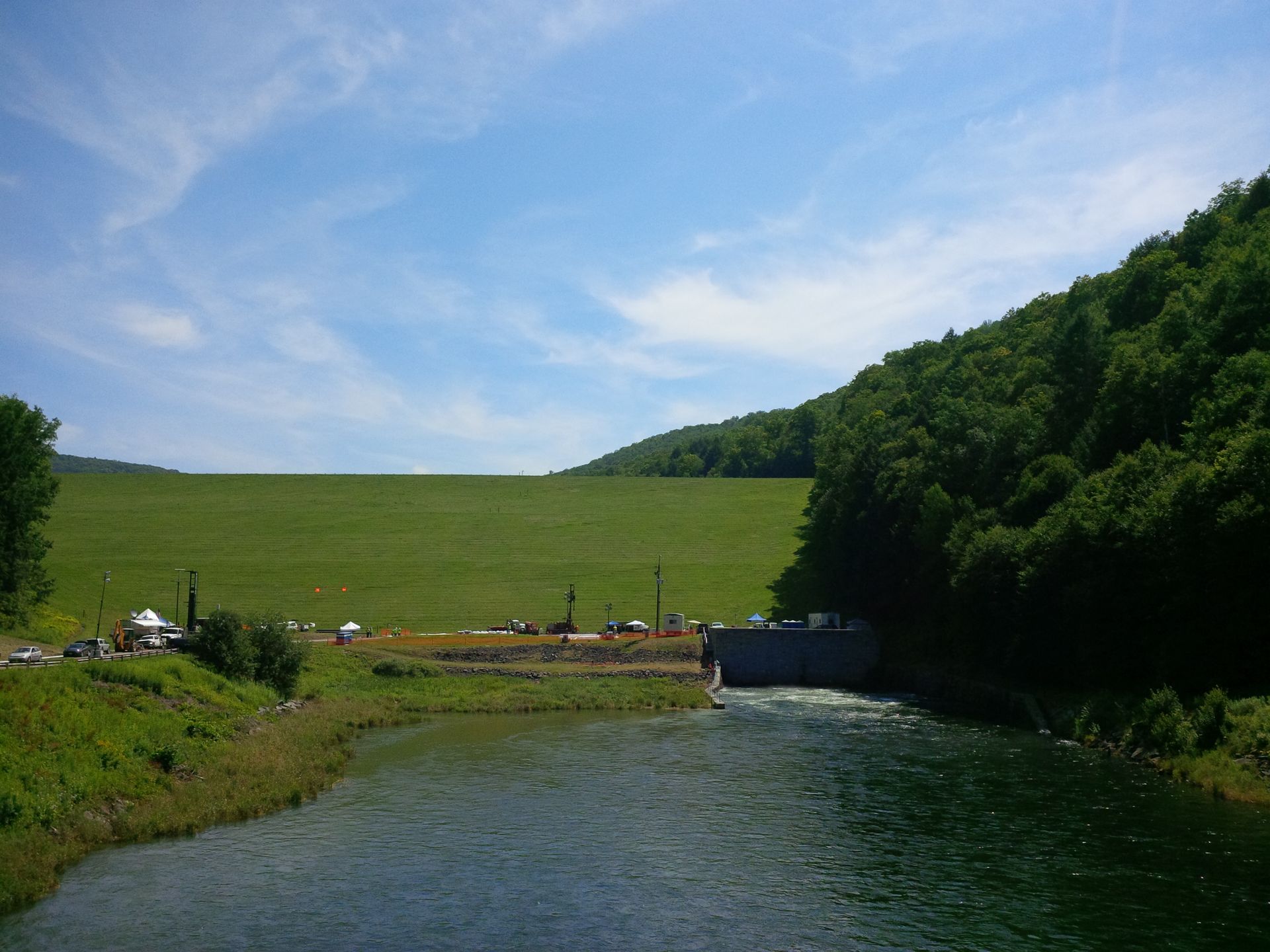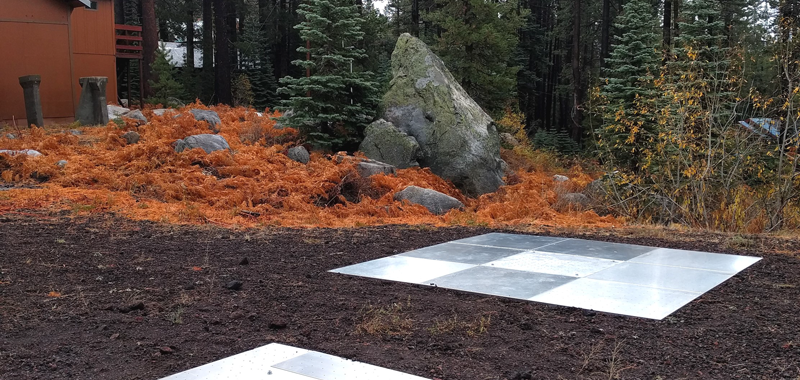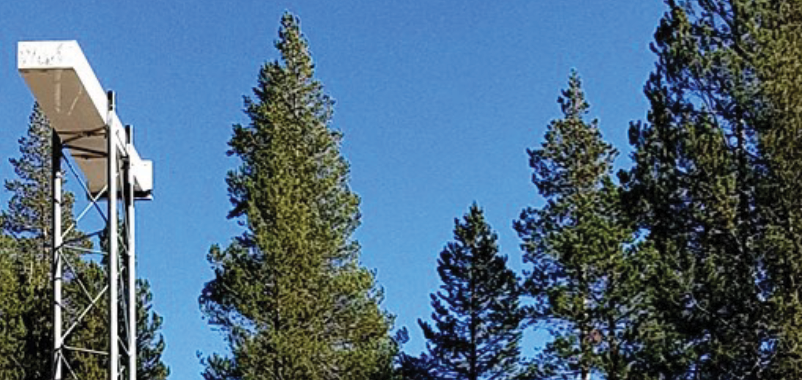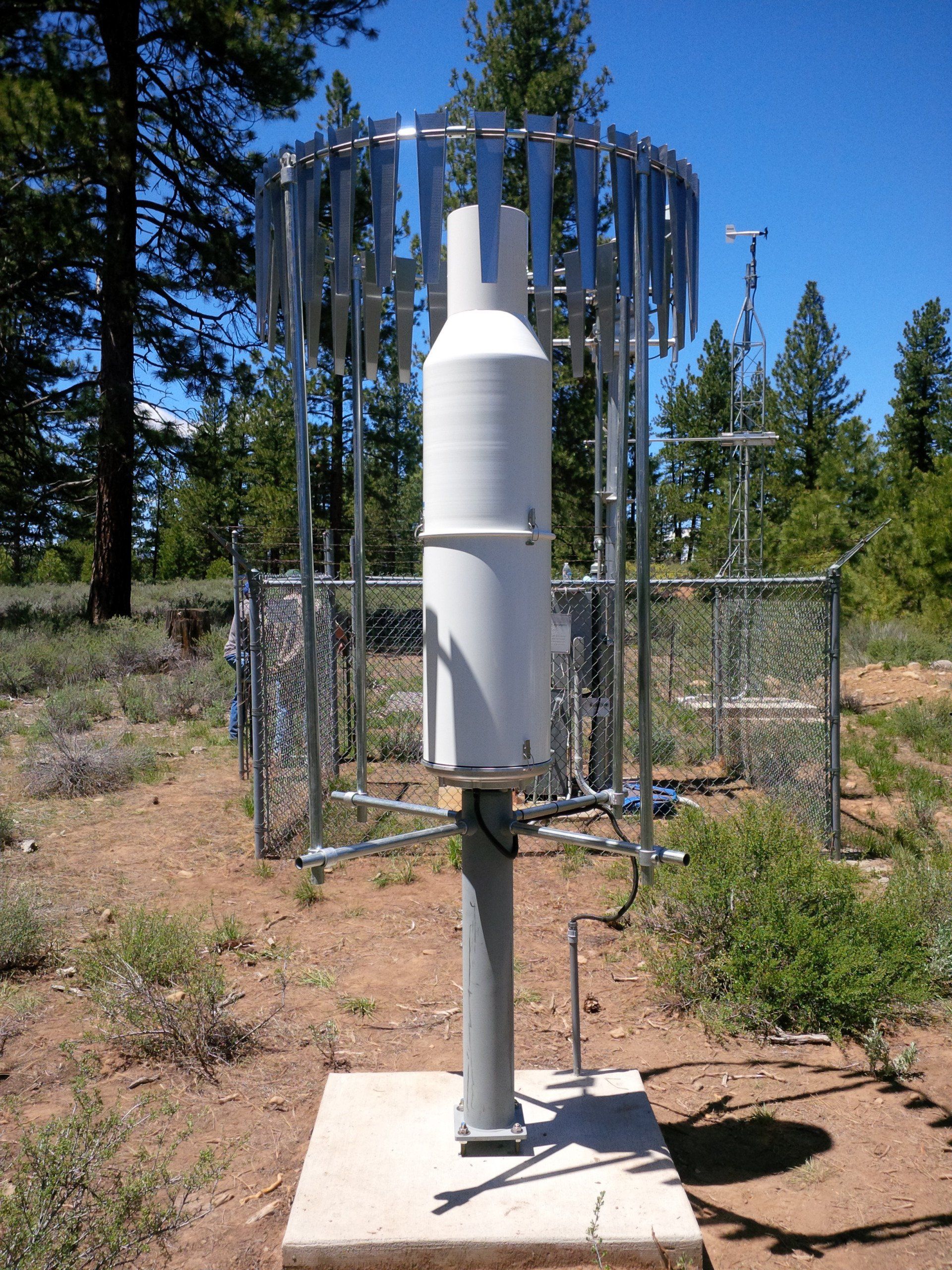T-200B Precipitation Gauge Installation Guide
James Byrlawski, of Geonor, Inc. gives a technical walk through of the components and detailed installation instructions for the Geonor T-200B Precipitation – Rain Gauge.
Overview:
James Byrlawski, of Geonor, Inc. gives a technical walk through of the components and detailed installation instructions for the Geonor T-200B Precipitation – Rain Gauge.
Product Details:
The T-200 precipitation – rain gauge was developed more than 25 years ago for all weather precipitation – rain monitoring. It was designed in cooperation with the Norwegian Meteorological Institute and the Norwegian Geotechnical Institute. Precipitation can be reported in real-time at any interval to calculate the intensity. The precipitation – rain gauge was is simple to configure for use with automatic data acquisition systems with the option of a 0-5 V or SDI-12 output. The original T-200B has a 600 mm (24 in) capacity and incorporated one vibrating wire sensor. Geonor now offers 1000 mm (40 in) & 1500 mm (60 in) capacity precipitation – rain gauge(s) and the ability to incorporate three sensors as an option. The gauge has a protective housing with a WMO standard 200 cm2 inlet. The amount of precipitation is measured by using vibrating wire load sensors. The instrument as well as a wind shield is mounted to the pedestal. With the use of antifreeze any solid precipitation is melted in the container. No electrical heating is therefore required, thus eliminating a common source of error. A thin layer of oil is added to impede any evaporation.
Find out More>
The post T-200B Precipitation Gauge Installation Guide appeared first on Geonor.






